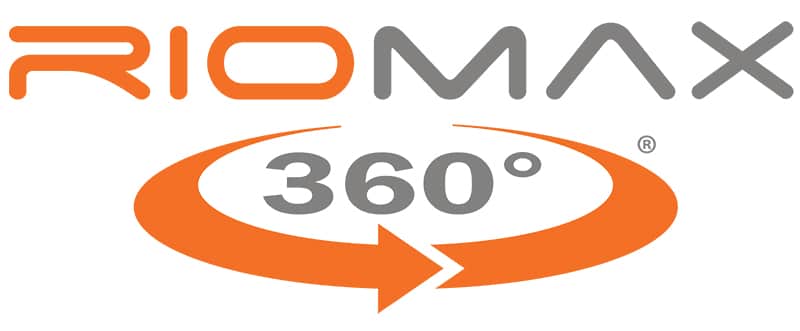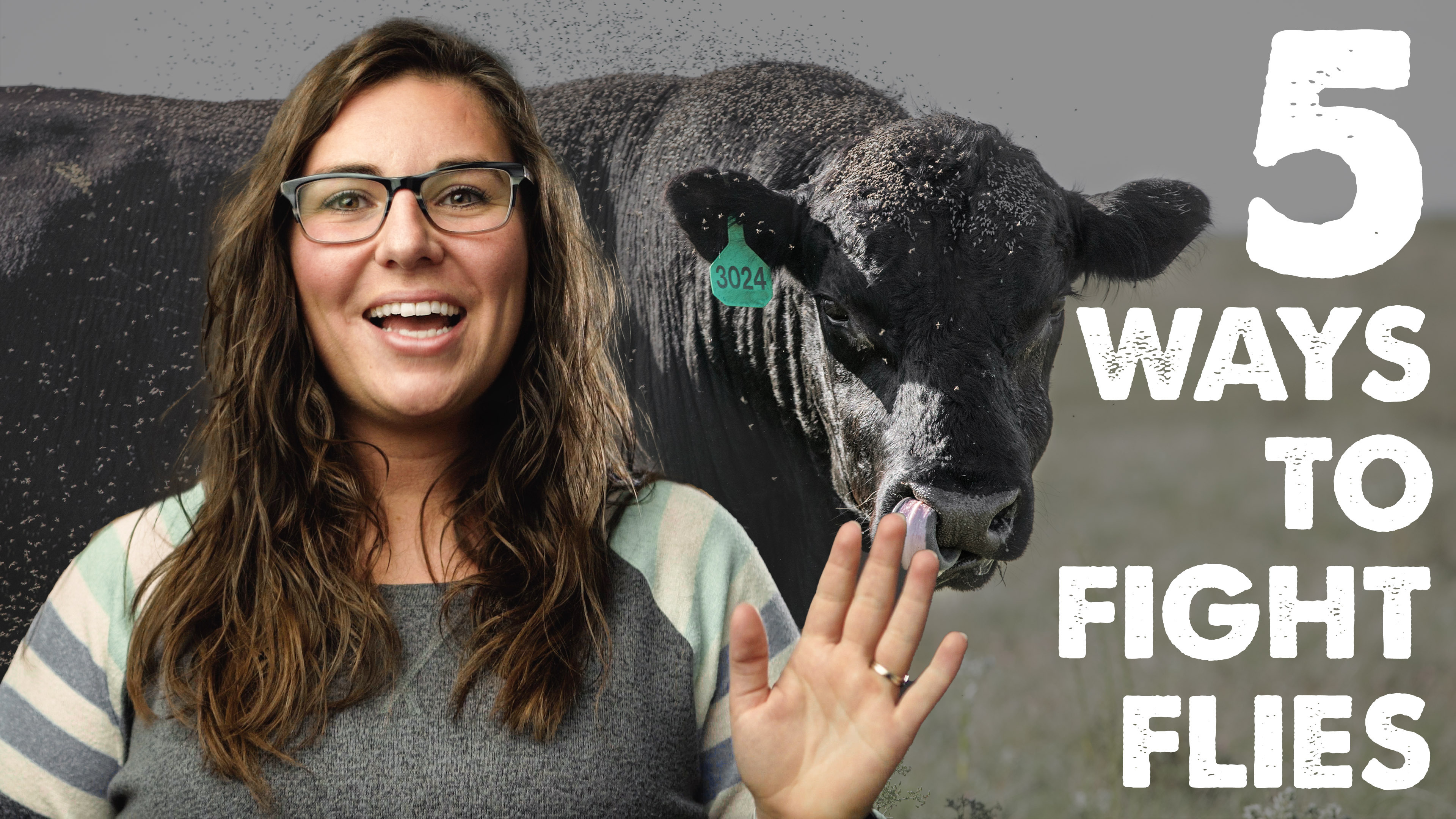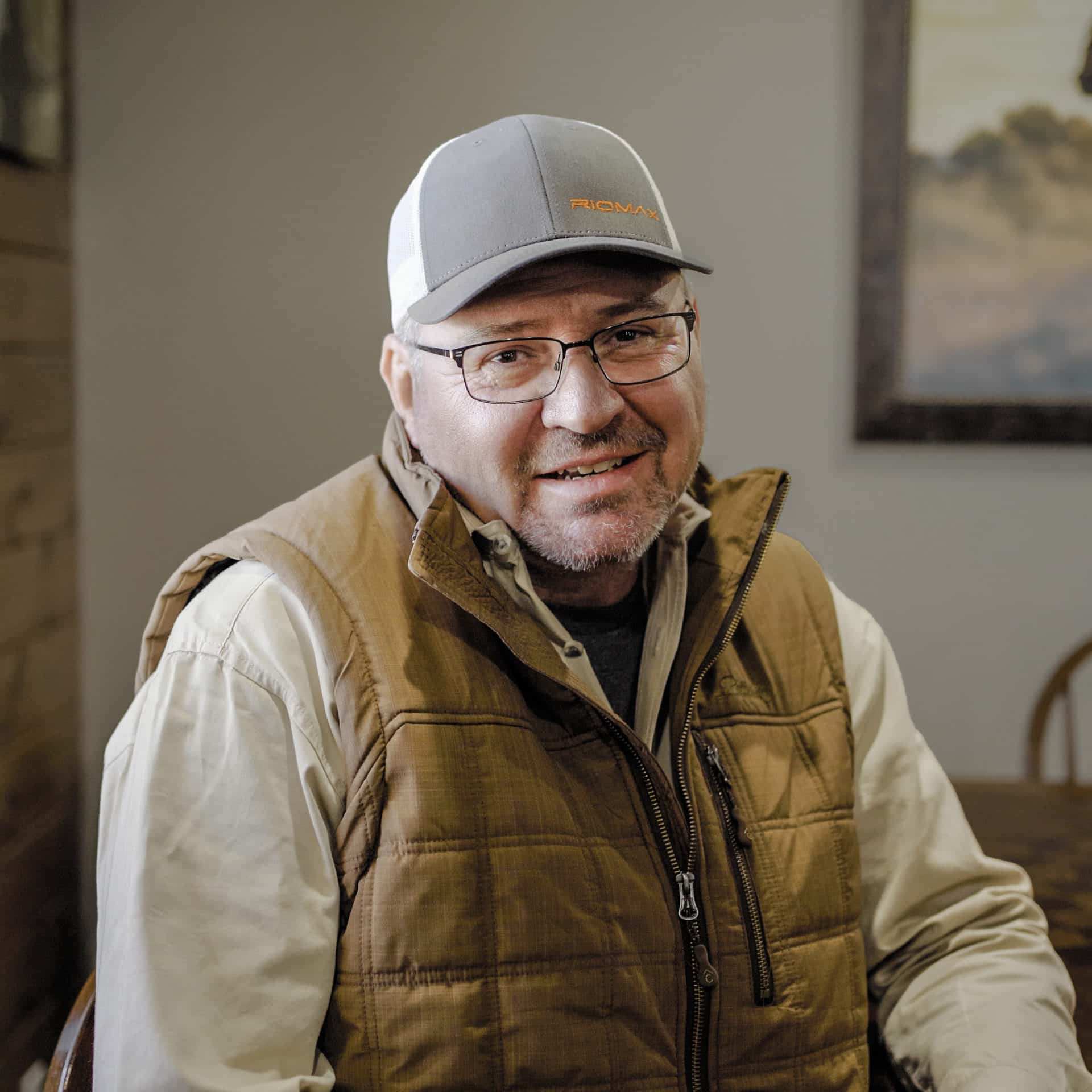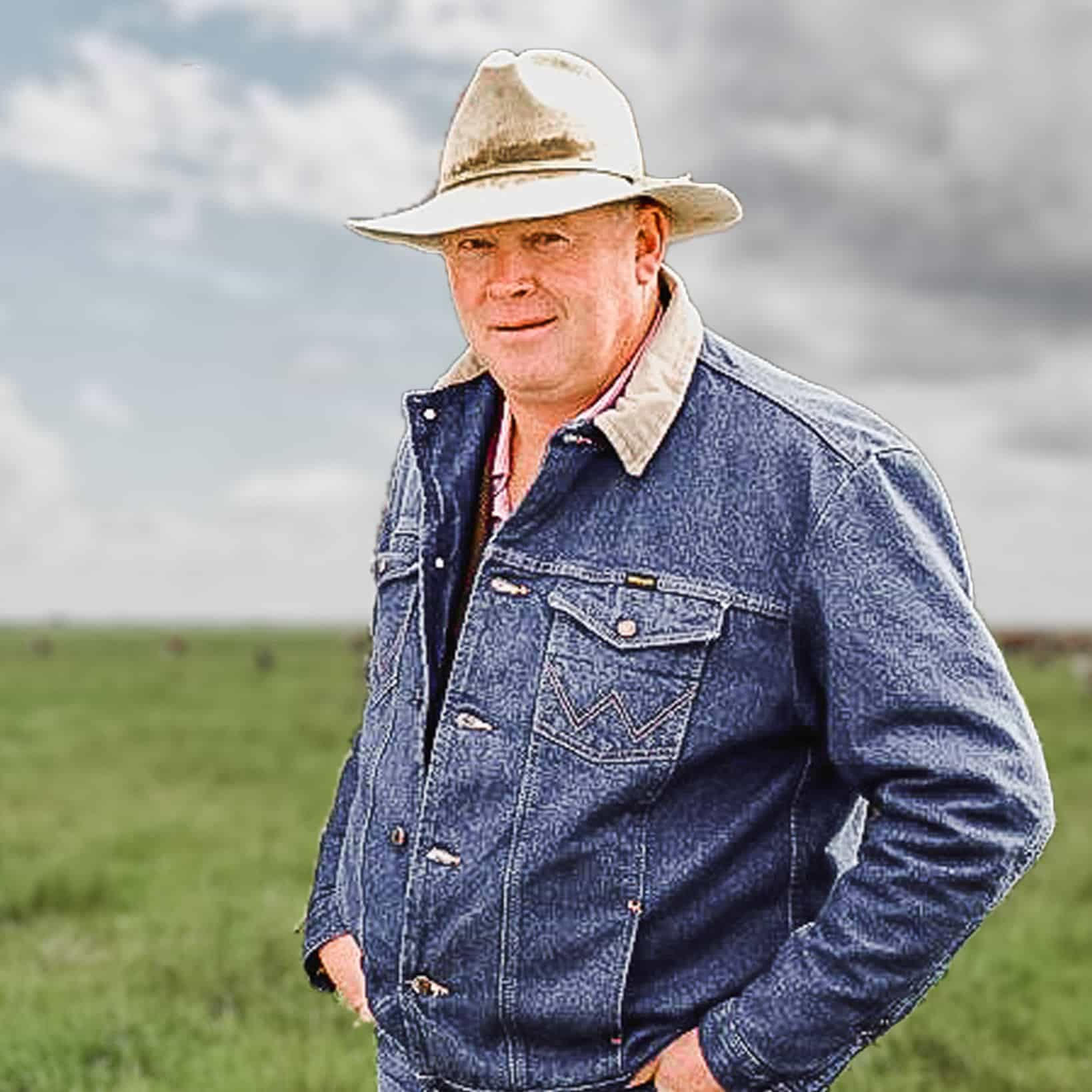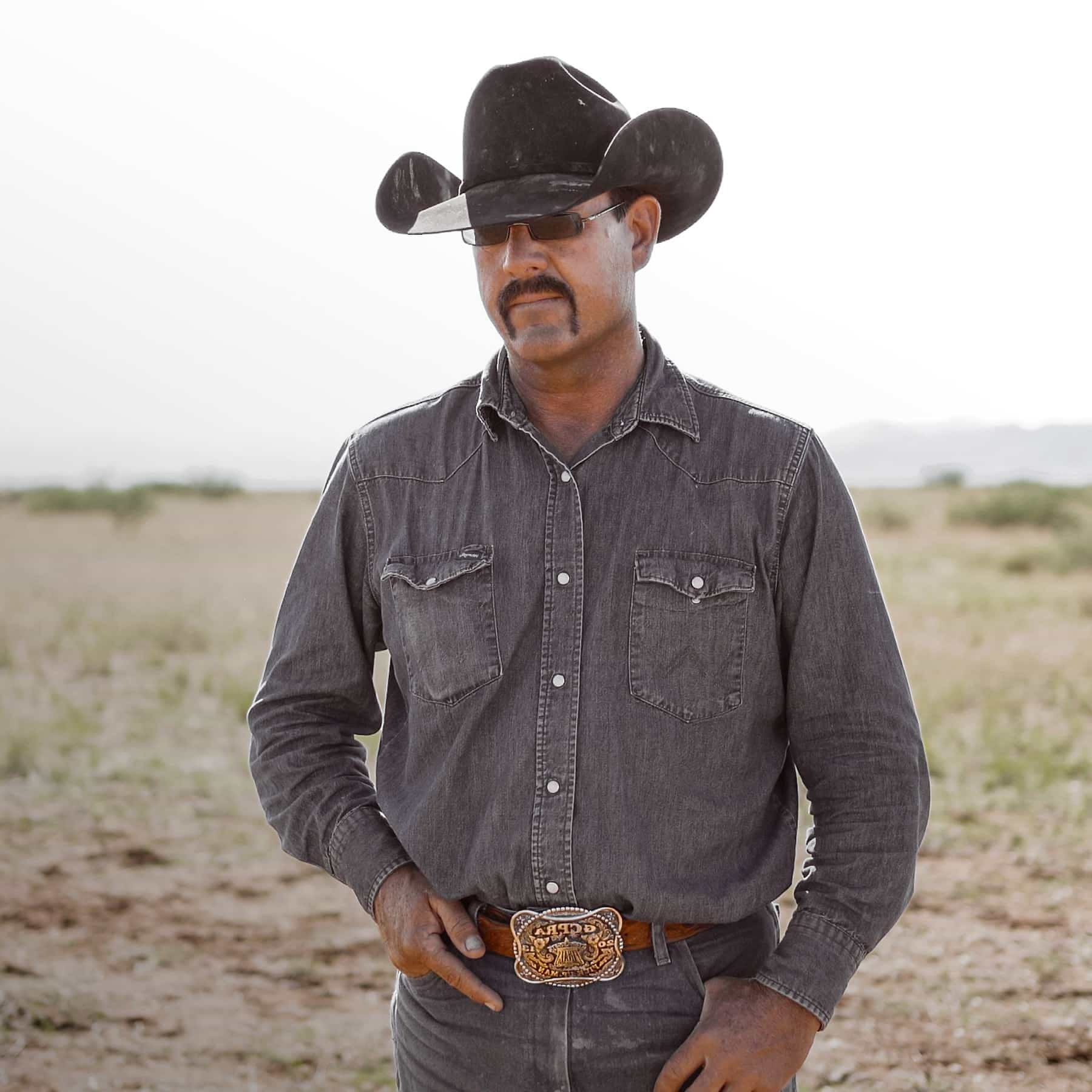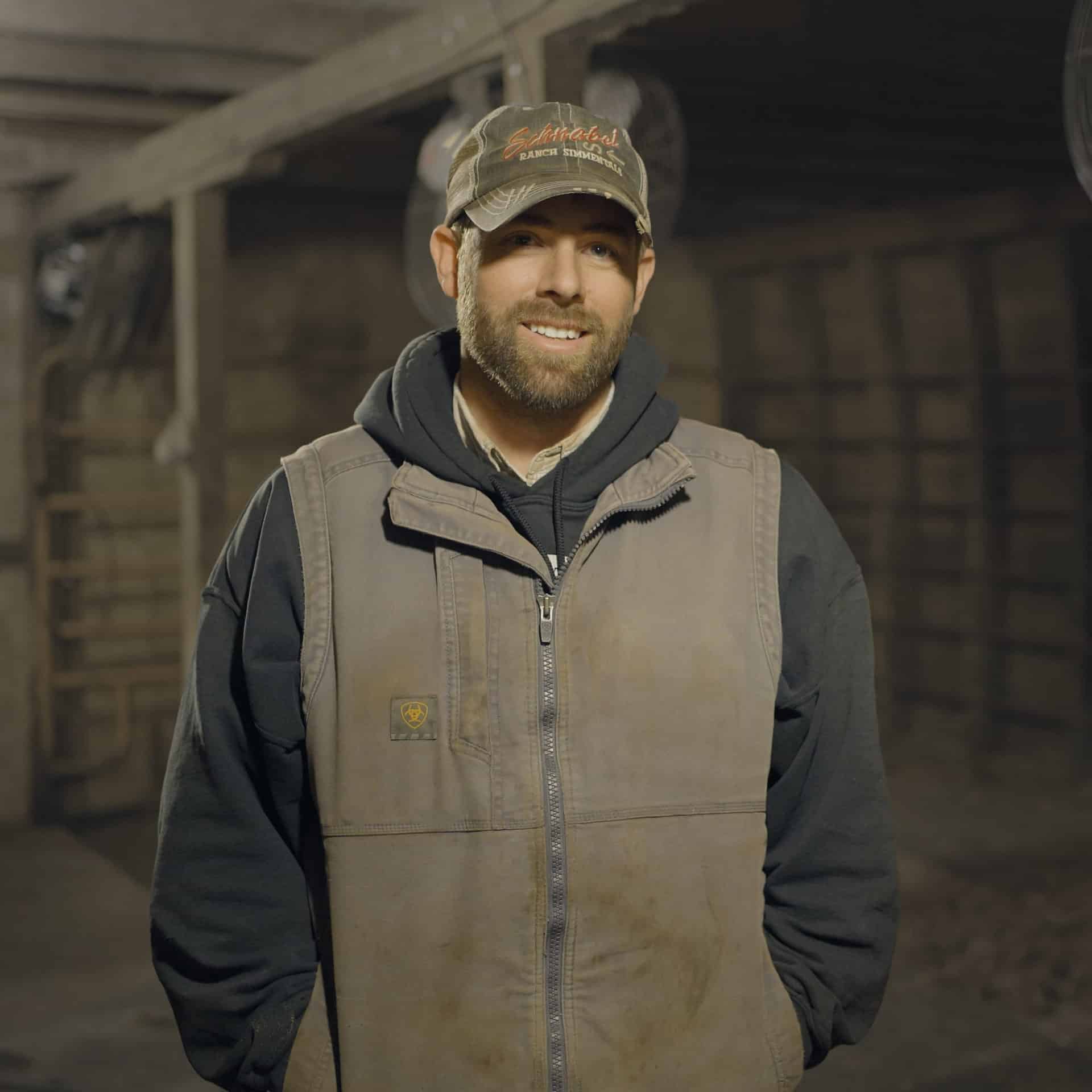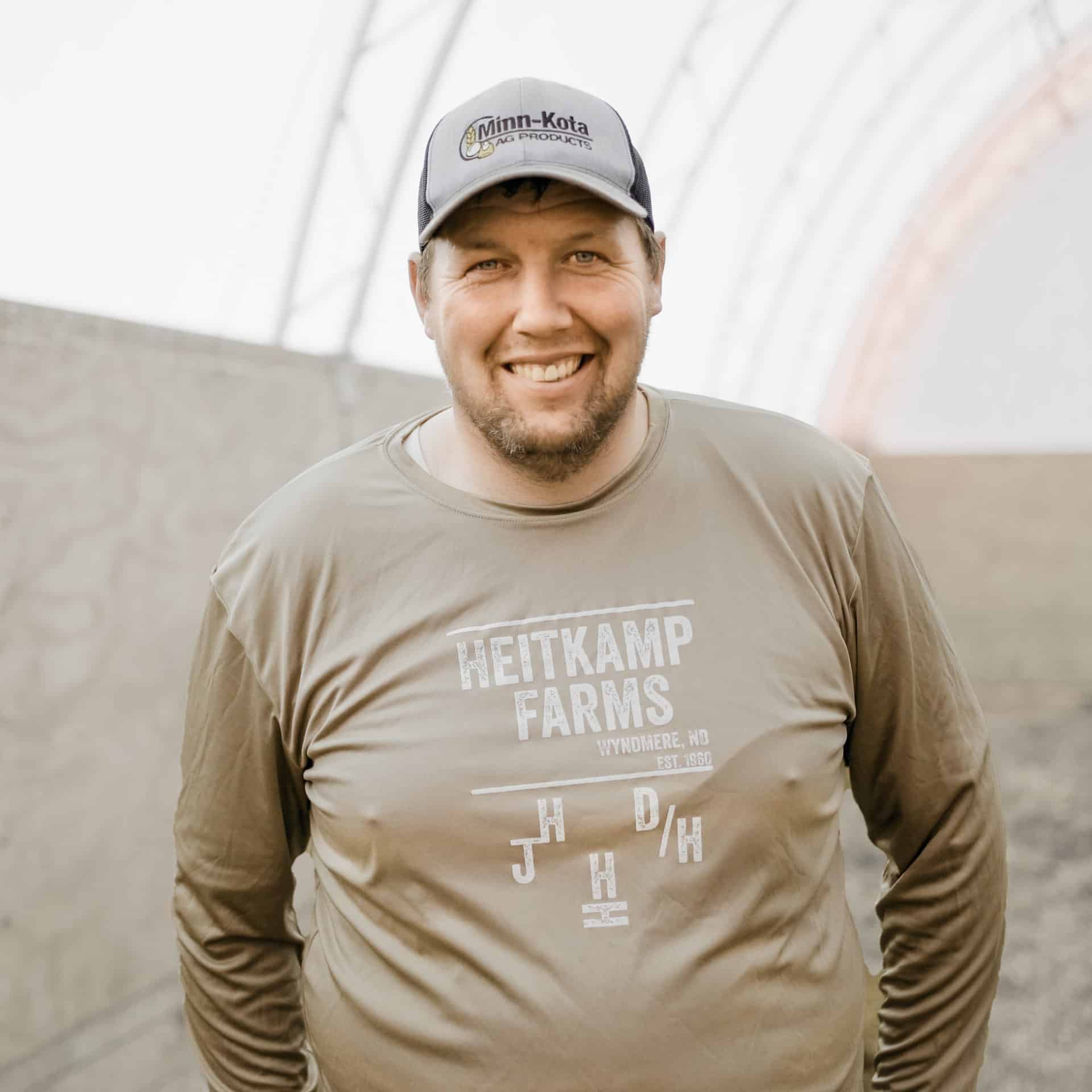Last updated on July 10th, 2025 at 04:04 pm
CLICK ON HEADINGS TO JUMP DIRECTLY TO THEM ↓

Reviving Old Cows and Ranching Traditions
How one saskatchewan rancher is building a healthier herd, naturally
Jason Picard
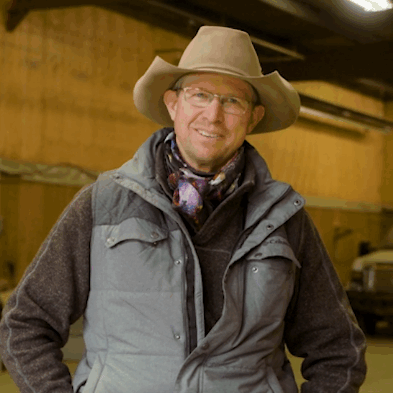
Turtleford, Saskatchewan
“I've spent a lifetime taking care of cattle, to have a chance to give back, kind of to both the industry that I've been in my whole life and the First Nations people and try and build something is what brought me here.”
Jason Picard isn’t just managing cattle under the open prairie skies of Saskatchewan—he’s trying to rebuild something meaningful. When he took over this ranch, the cattle he inherited weren’t in prime condition. Many were older, neglected, and even physically compromised.
“We know for a fact some of these cows are anywhere from 15 to 18 years old,” Jason says. “Some of these cows had so much net wrap in them that we actually had a vet that was doing that C-section and he reached and he thought he had the calf, and he actually had a ball of plastic that he thought was a hoof.”
The challenges went beyond poor health. It was emotional, too. “These cows... over half of their rumen is full of plastic, so the mental side of it of losing, losing stuff because they aren't strong enough, it was really taking its toll, and my whole family is involved in managing this place. It is not just me. All of us were starting to struggle a bit.”
A Rough Start & A Risky Bet
Before switching his nutrition program, Jason was relying on liquid molasses—but his herd wasn’t thriving. “Before Riomax, I was just feeding liquid molasses, but they were struggling bad and we were having a rough go.”
When he was approached about trying something different, Jason was skeptical, but willing.
He was advised to gradually transition off the molasses—but Jason went all in.
“I said, ‘For what you're wanting to charge for these tubs, it better do the job right now. I'm not helping it.’”
“And so I pulled the molasses off of them on that trial on the old cows, and it took off like they never changed what they were. They didn't drop off. They just moved forward.”



Within days, Jason and his wife started seeing results.
“After two weeks, she noticed a difference in the bulls. You could see the cows picking up probably energy-wise better, but the bulls started to kind of look better physically.”
Then the real transformation kicked in.
“And by 30 days the cows had filled in and the bulls absolutely you would never have known that they were a little bit lacking behind. I was desperately looking for something to get us to grass and Riomax did that job.”
He estimates the cows put on serious weight: “They probably put on 150, close to 200 pounds, filled in their back line, and that gave them enough strength that by utilizing the feed to actually care for their calves and not go down.”
The Benefits Didn't Stop With the Cows.
“Those cows are calving and still staying full, and those calves are hitting the ground and wanting to go. Like they're not like beef cows, they're more like longhorn calves. Like they are, they're hitting the ground, getting up and they're ready to go.”
That early vigor translates into healthier calves and less stress on the whole crew.
“They have the vigor to get up and just start growing and then in turn that's going to give us a lot healthier calves, which means we're going to be treating a lot less cows. For one, that's just—you talk about low stress handling, that's the least amount of stress comes from not touching them.”


Reducing labor and drug costs is a big win for Jason’s operation. “Your manpower hours, your drug costs, all that starts going down. A cow thrives on sunshine and monotony.”
He doesn’t lean on chemicals, either. “I don't put fly spray on them. I don't... The only thing we add is our salt, we put garlic, so I'm still trying to stay as natural as I can.”
Knowing his cattle are thriving without constant intervention gives him peace of mind. “If they didn't utilize the feed to the degree that they do with Riomax, they wouldn't be as healthy as they are, knowing that they're that healthy without me being out there all the time, that part of it's almost priceless because you only have so much time.”
Healthier Land Through Healthier Cattle
Jason believes that better cattle contribute to better soil and more sustainable ranching. “If we keep bringing stronger animals into the environment and cleaner digestive tracts, then we're putting cleaner microbiome on the ground where actually something's coming through the cow that's feeding that on the ground rather than killing it.”
“By being a steward of the land, the cleaner we can keep it, the more natural we can keep it, the better off we are.”
After just one year managing the place, Jason has hard numbers to show.
“Because I took over in the fall, I kept the weights and so last fall compared to the first fall, so we weaned two weeks earlier and on average we gained 12 pounds.”
“That is a big payment right, when you get 12 pounds across 700+ calves, talking between $4 and $5 a pound, that's a lot of money, right?”
He also didn’t need to worm or treat his bulls. “Our bulls this year, we never got around to worming or putting any kind of insecticide or anything on them. And they wintered just with the tubs and just with us feeding them what we would normally feed them, and they've looked the best that they've looked since I've had control of this ranch to manage it.”
“I would say almost uncanny how good they look without any kind of input.”
No Camping on the Tubs
Jason has tried other mineral tubs before, but noticed something different with these. “They do not sit and camp on these, like, not like a straight molasses tub. You know, a lot of guys say that their tub is cheaper, but they will stand there and they will eat it. A lot of the reason is because there's salt in it to get them to eat it along with the molasses.”
“These do not camp on these tubs. They, they get what they need and they go about their way.”

“It’s really hard to budget that much, but it’s really hard to tell yourself not to,” Jason admits. “Like I've got to find a way in the fall when they're doing what they're supposed to do, it's hard not to feed it.”
He doesn’t hesitate on whether the investment pays off.
“Is it the tub pays for itself? It more than covers its own costs, I believe, and which any input in your animal you should gain off from it, not just break even or fall behind.”
Jason reiterates it again. “Does it pay for itself? Yes, it does, even though the price is high, it does.”

JR says Riomax is "One of the CHEAPEST Things You Can Put Into Your Cow."
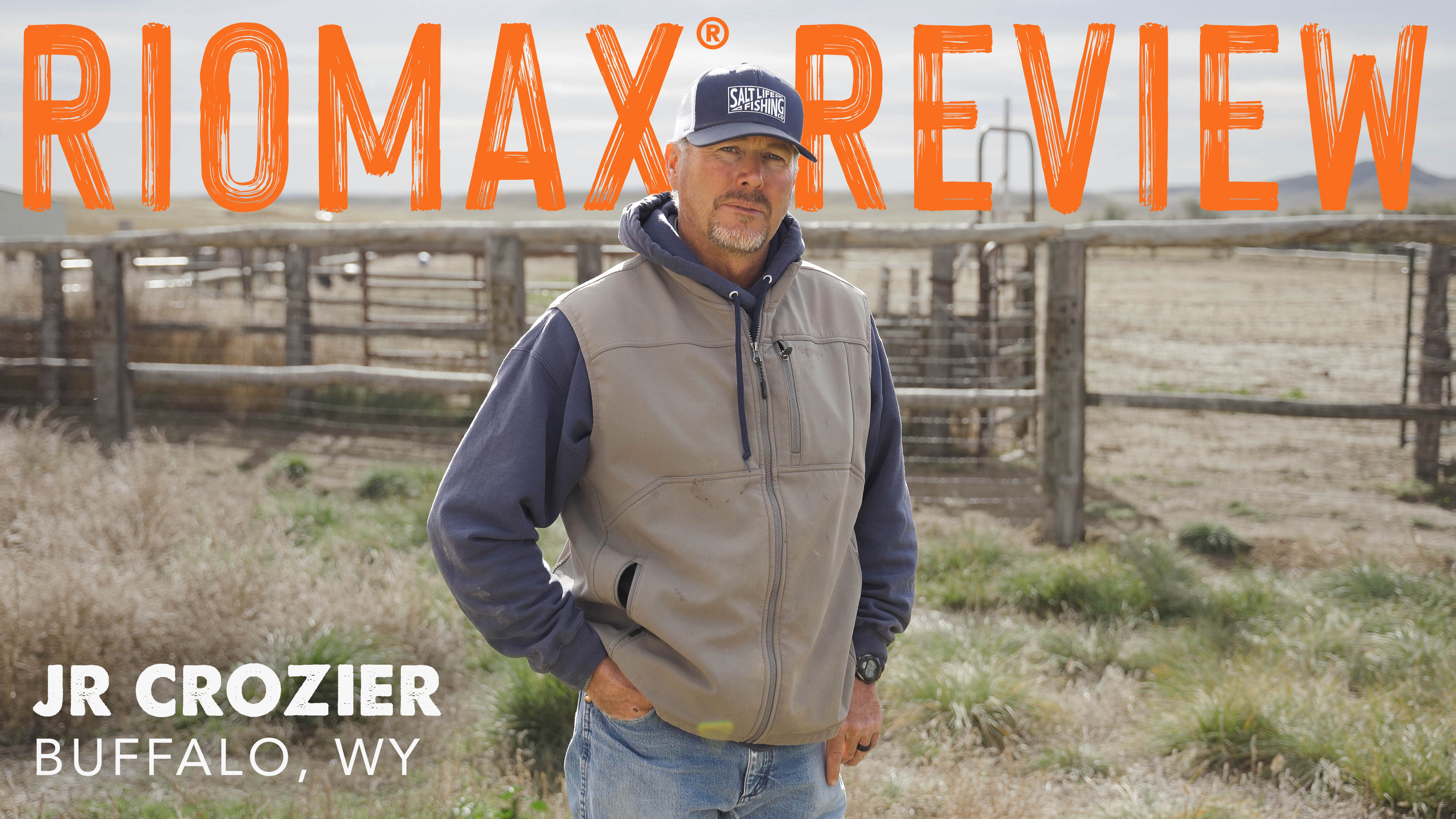
Check out our #1 bestselling tub!



